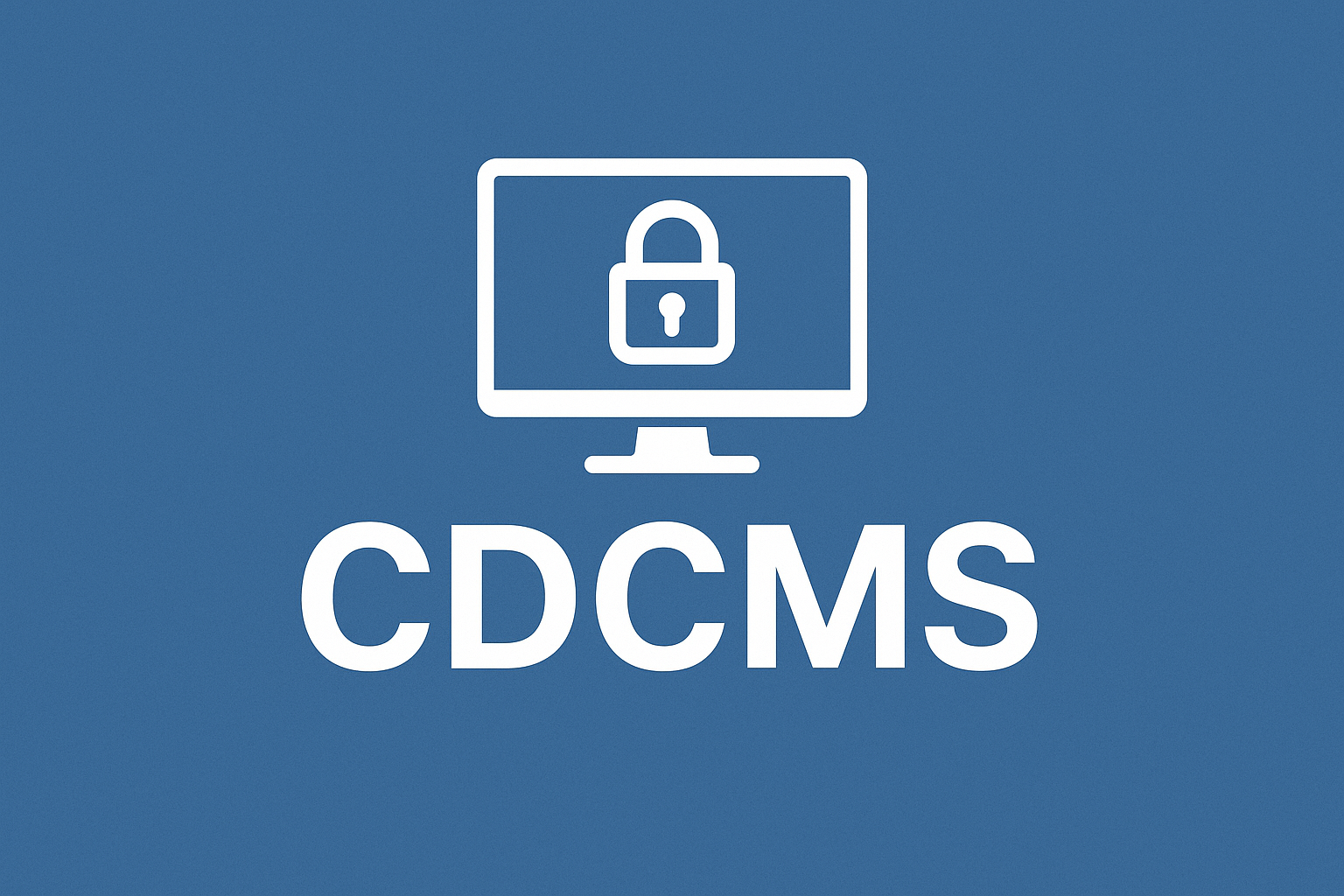Invasion of privacy and data loss are some of the woes that the modern-day man is facing due to cyber attacks and other complications related to technology. The demand for security parameters that help to curb this issue has led to the emergence of many cybersecurity companies in Sydney and other locations around the world that help to remedy the issues of cyber attacks and threats by installing security systems such as the zero trust architecture to avoid unauthorised access and verify the identity of users.
What is Zero Trust Architecture
This is a security architecture that operates on the proposition that a user should never be trusted and always has to be verified. The ideology behind ZTA is that no user is to be trusted, regardless of their location. This security framework requires uncompromising authentication for every access request. Moreover, with this system, users are only granted the least privileged access, which allows them to perform tasks minimally to avoid harm from compromised accounts. Zero trust architecture also segments the system to prevent a breach in the entire network. Furthermore, it also offers continuous monitoring and verification, which helps to detect and monitor threats in real time.
Distinct Benefits Of Zero Trust Architecture
According to a specialist in cybersecurity from a cybersecurity company in Melbourne, ZTA has numerous benefits, which include the following:
- Reduced attack surface – ZTa has been specially designed not to rely on traditional security measures, which gives it the ability to reduce the attack surface. Not only that, segmentation and restricted access also make it harder for the attackers to penetrate the system. This strategy also helps to prevent a breach of the whole network.
- Enhance data protection – By continuously monitoring and verifying access to sensitive data, ensure that only authorised users and devices can have access. Moreover, ZTA also makes it harder for attackers to steal or compromise data by enforcing multi-factor authentication and stringent access controls.
- Support for remote work and cloud environments – Typically, remote workers utilise traditional VPNs, which are very vulnerable to attacks, and therefore ZTA offers secure access without relying on these traditional VPNs. Also, by extending security to cloud environments, it ensures consistent protection of data and applications.
- Improve security posture – According to cybersecurity experts from a cybersecurity company in Sydney, ZTA helps to improve the security posture of an organisation through continuous monitoring, verification, and segmentation. This approach also helps to detect and respond to threats in real time.
Conclusion – Apart from the aforementioned, there are also other benefits, such as adherence to regulatory requirements, as zero trust architecture aligns with data protection laws. ZTA also helps to reduce insider threats by preventing malicious activities within the network and reducing potential damage by limiting access. It can be concluded that ZTA is a more robust and adaptive security framework that enables people to embrace the evolution of digital ecosystems while reducing the risk of cyber threats.






Leave a Reply